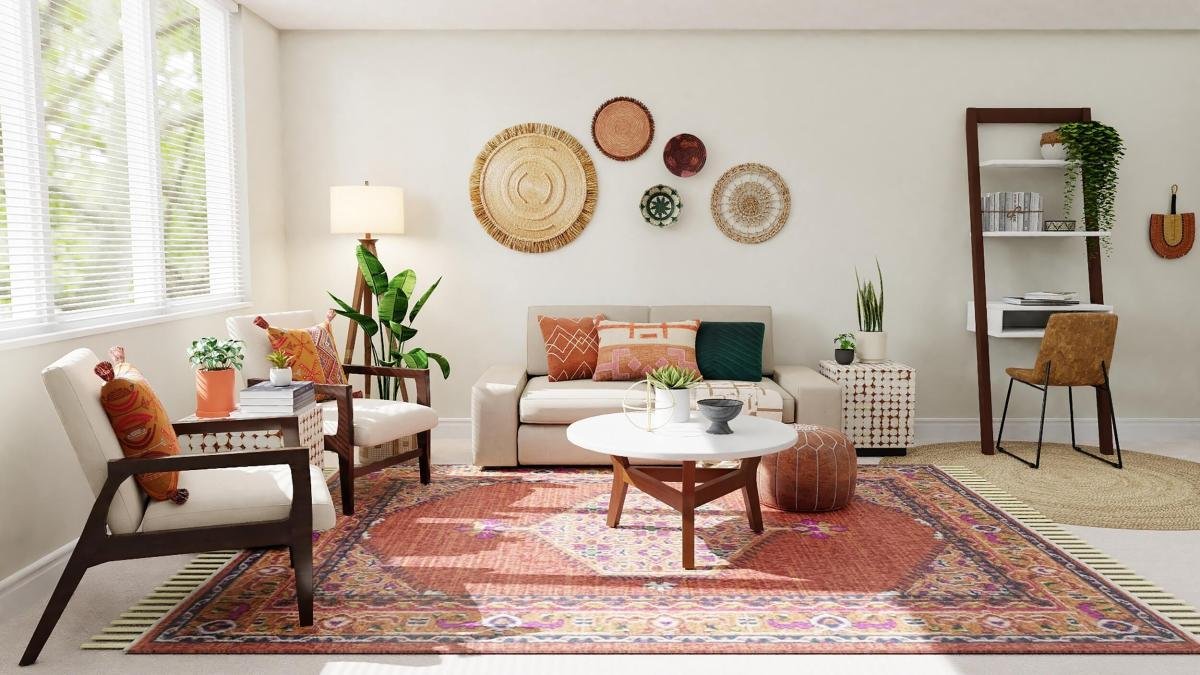
Designing a home for natural light is an important consideration for architects and homeowners alike. The benefits of natural light are numerous, ranging from aesthetic appeal to health benefits such as improved mood and productivity. Here’s how you can design your home to maximize the amount of natural light it receives.
Firstly, consider the orientation of your house. In the northern hemisphere, south-facing windows will receive the most sunlight throughout the day. Therefore, placing living areas with large windows on the southern side of your house will ensure they benefit from maximum daylight hours. Conversely, in the southern hemisphere, north-facing windows should be prioritized.
Next, think about window size and placement. Larger windows allow more sunlight to enter a room but also need to be balanced with considerations for privacy and energy efficiency. High-placed or clerestory windows can provide ample daylight while maintaining privacy levels. Skylights are another great option for letting in lots of natural light without compromising wall space or privacy.
The type of window glazing selected also plays a crucial role in controlling heat gain while allowing maximum daylight penetration. Double-glazed units filled with inert gas like argon offer superior thermal performance without sacrificing daylight admission compared to single glazed units.
Another strategy is using reflective surfaces inside your home that can help distribute light further into rooms. Light-colored walls and ceilings reflect rather than absorb light which helps brighten up spaces even if they don’t have direct access to a window source.
Don’t forget about outdoor landscaping when designing your home for natural light either; trees that lose their leaves in winter can provide shade during summer while allowing sunlight through in colder months when it’s needed most.
Also remember that too much direct sunlight can make rooms uncomfortably hot during warmer months and cause furniture fade over time so having adjustable shading devices like blinds or curtains is essential not only for controlling glare but also protecting interiors from ultraviolet radiation damage.
Lastly, integrating open floor plans where possible will encourage light to flow freely throughout your home, making it feel brighter and more spacious. Removing unnecessary partitions or opting for glass walls can also significantly improve natural light distribution.
Designing a home for natural light is not just about adding more windows but strategically placing them while considering the sun’s path, using reflective surfaces wisely, and integrating open floor plans. It’s a careful balancing act between aesthetics, energy efficiency, privacy concerns, and maximizing daylight. But with thoughtful design choices, you can enjoy a well-lit home that benefits from the beauty of natural light all year round.
